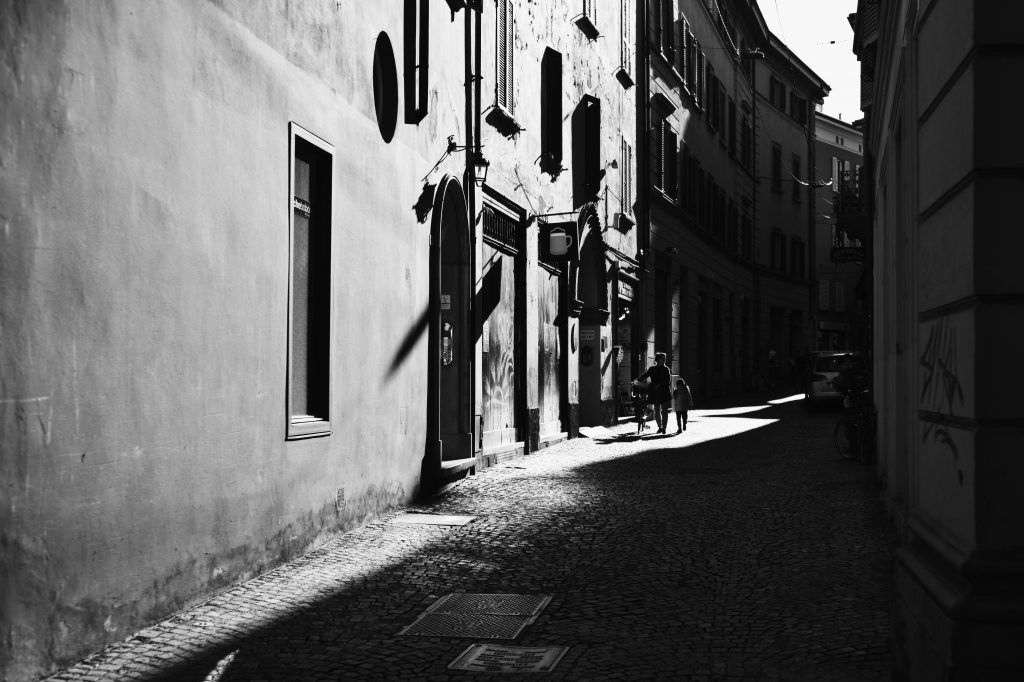Ho avuto l’occasione di poter fotografare per un’ora con una Leica (cosa per cui ringrazio moltissimo i responsabili del Bologna Leica Store very much and I specify that this article is not sponsored in any way).
I had never picked up a Leica or taken a picture with it in my entire life. Like many people, I have always been fascinated by it, even if from a distance and more than anything else by the mythical light that that object emits for anyone who loves photography. We talk about Cartier-Bresson's camera and many of the greatest photographers in history. We are talking about a machine that has repeatedly saved the lives of many photographers by taking a bullet destined for some of their vital organs.
In short, one day I had a M10 Monochrom with a Summicron-M 1:2/35 on my hands and neck. Market value, for the curious, about 11,000 euros. And they let me walk away from the store and keep it for a whole hour! Thanks guys, I really appreciate it, I don't know if you understand that.

But what's it like taking pictures with her? Is it really something special? Yes, it's something beyond expectations and I didn't have any details about it, in the sense that it's as if they asked me "What do you think it would be like to do something you'll never do because your existential trajectory will never meet it?". I don't know.
What would it be like to score a goal at the World Cup? It'll never happen to me. This happened to me, even if only for an hour.
In your hand
First of all, a Leica is made of antimatter. Although it is normal sized, it is heavy and solid, but with a certain gravity that indicates perfection in construction and detail. For instance: the shutter button travels *exactly* 8/10 mm because that's the way it should operate. And the sound of the shutter? Celestial, there's no other definition.
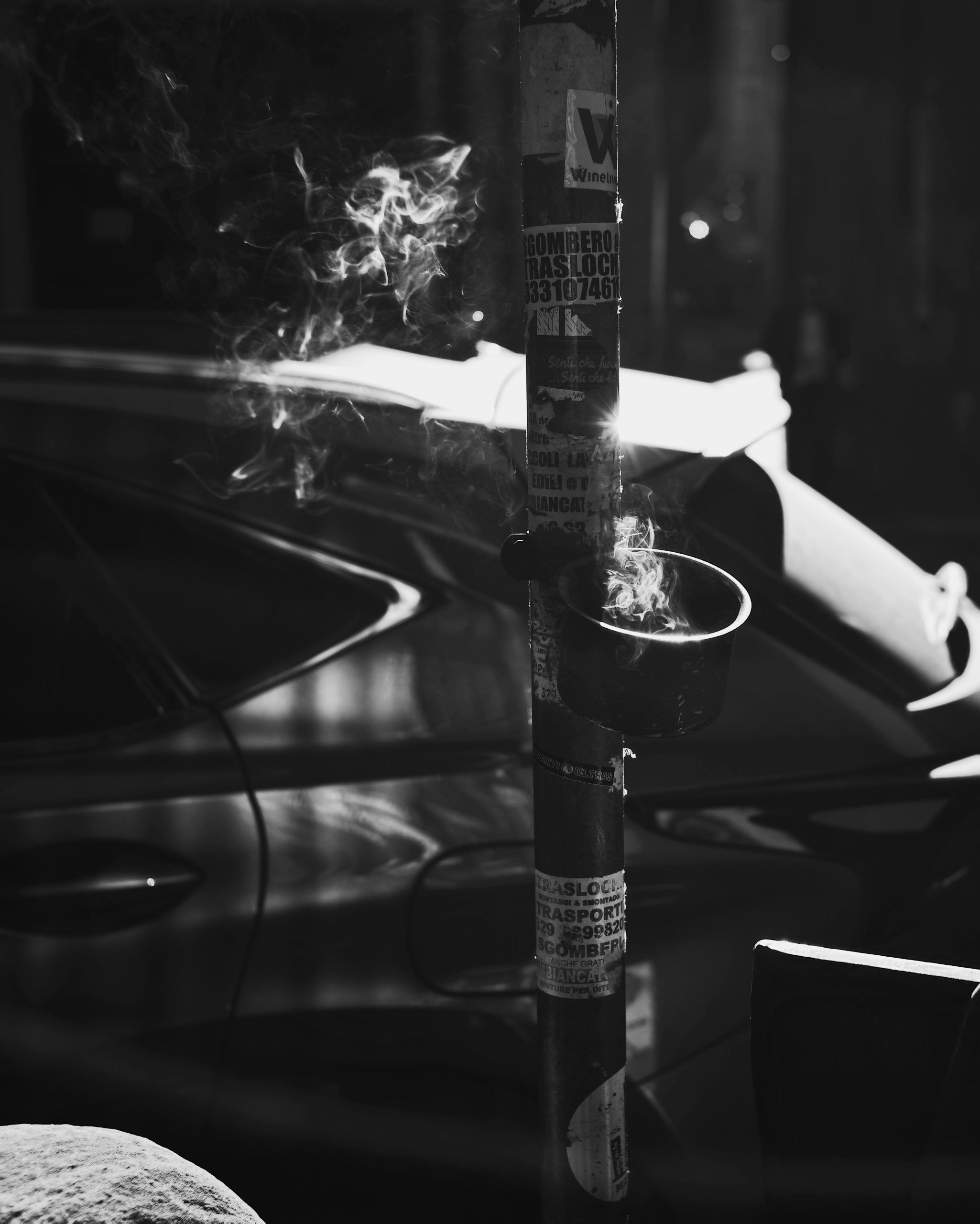
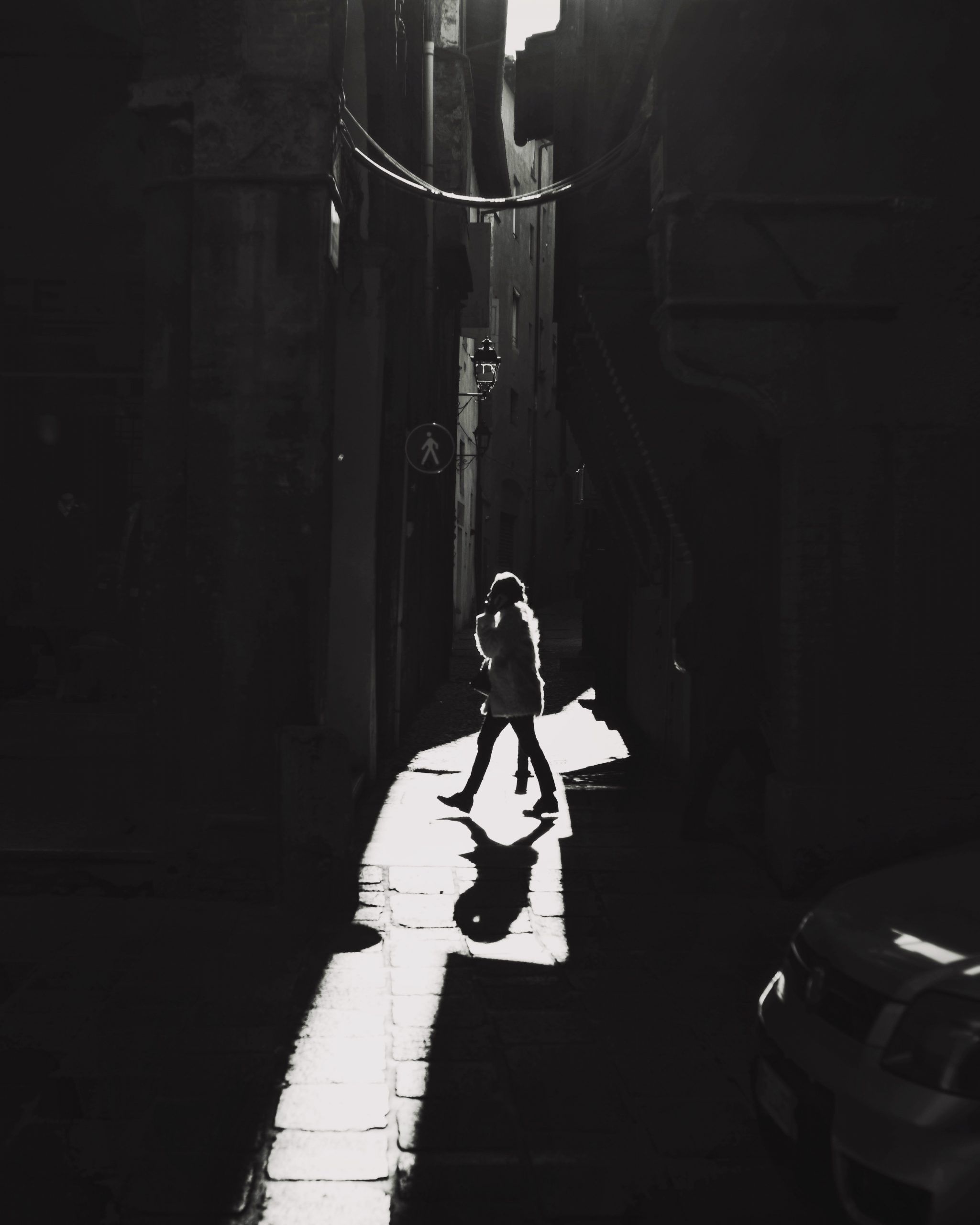
Another thing that surprises and perhaps leaves you a little bit bewildered is that the Leica has very few controls. The model I tested (which is the one with a sensor that records only black and white) has a shutter release button, exposure time selector, ISO selector, four buttons next to the rear display to activate live view, menu and more and a 4-way cursor on the right. You can choose the aperture on the lens. That's all.
Is there really anything else you need if you don't take particular photos (like extreme sports or nature)? No.
Learning threshold
Perhaps not everyone knows that Leica has always been known to use rangefinder technology: what the viewfinder frames is an approximation of what the lens sees because it is not a SLR camera, so it is not technically possible to raise a mirror that sends the framed image back into the viewfinder and shoot it. What you see is quite similar to what you frame but is actually slightly shifted to the left (where the viewfinder is placed with respect to the lens) and also the visible area varies depending on the lens you mount.
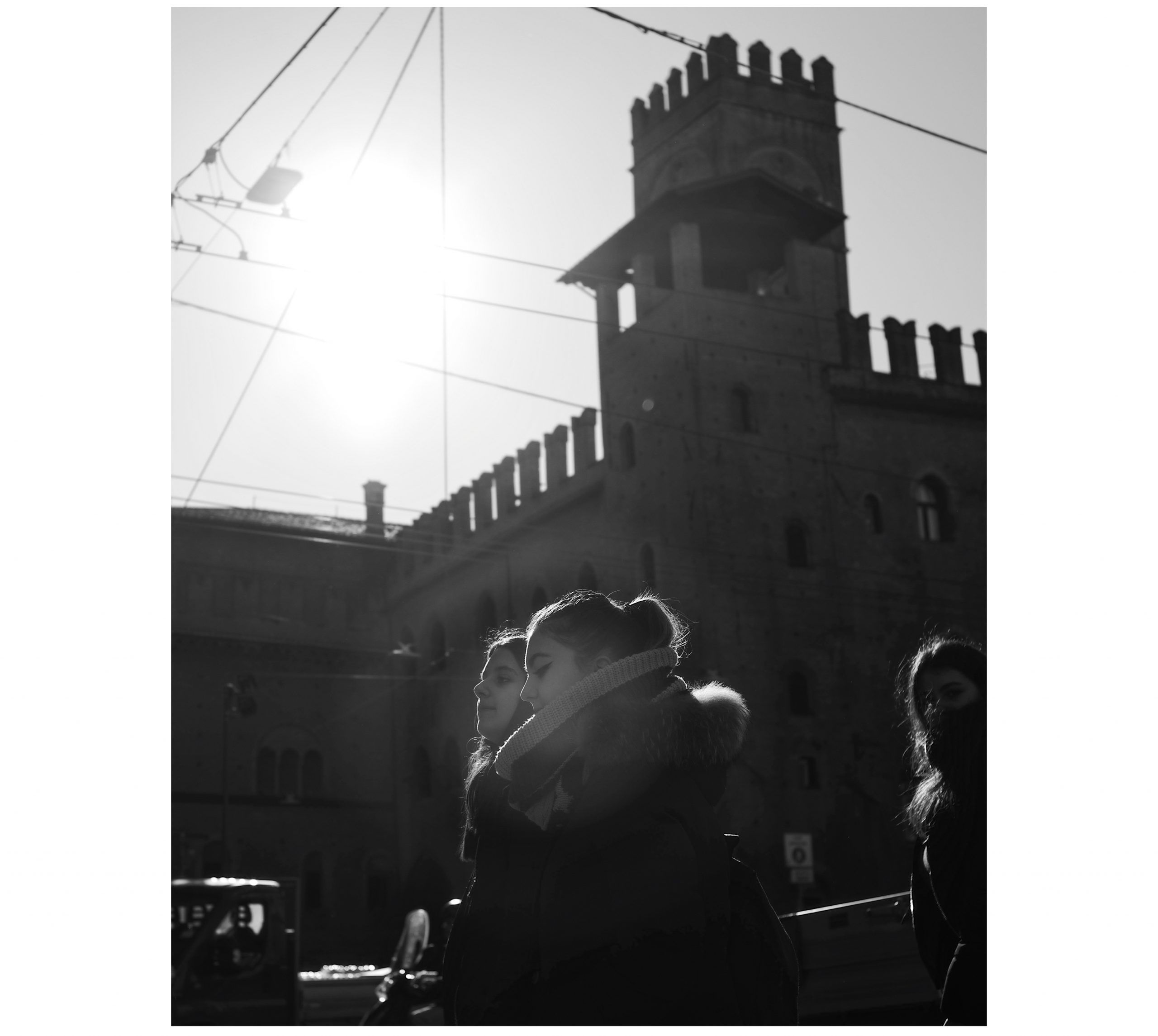
To use a rangefinder and focus you have to rotate the lens ring until the two portions of the image in the center of the viewfinder (imagine a rectangle in the center that works like a sliding door with two doors: when they overlap perfectly and you see only one image you are in focus). Or you can focus estimating the distance: the focus distances are indicated on the lens and if your subject is at that distance (needless to say, you have to feel it) then you can also avoid to compose the image through the viewfinder.
Technically it would be possible to see in the viewfinder (as shown by the many mirroless cameras on the market - a digital viewfinder can easily read the scene framed by the "left open" lens and reproduce it faithfully) what the lens is seeing but the viewfinder chosen by Leica is optical so you can't, you have to approximate it. To show you the portion of what you have in front that will end up in the picture there are only some oversized lines. That give you an idea. Vague. Very vague.
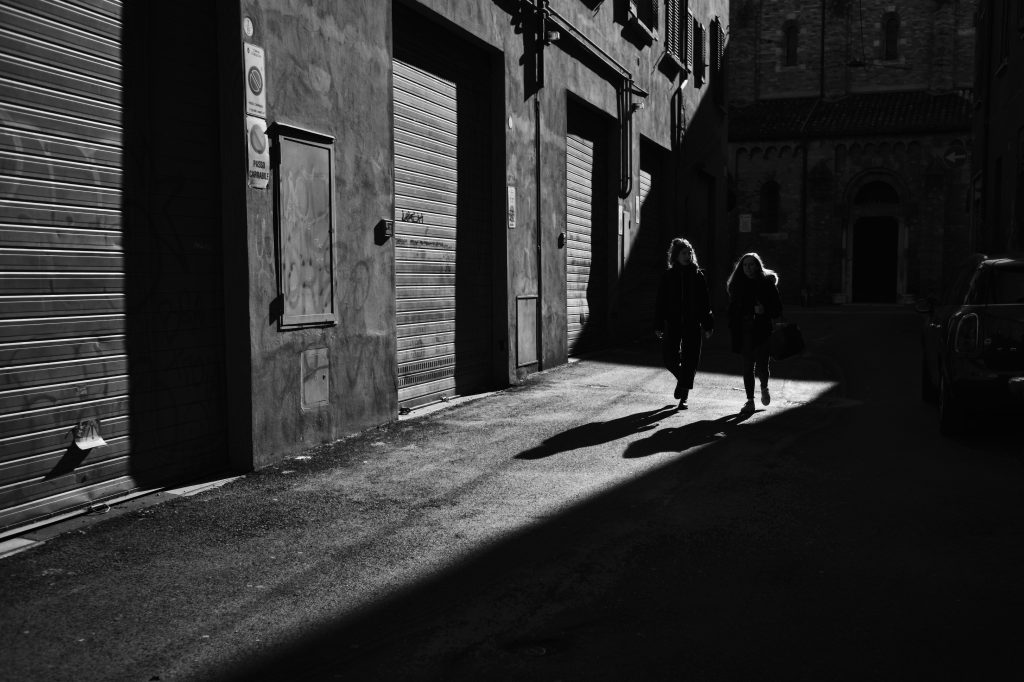
It is curious that a machine that has built its legend on precision is based on a technology that apparently leaves so much room for error. And yet.
I almost forgot: there's no such thing as autofocus. With this Leica - at least this M series - you can't use autofocus because it doesn't exist. Could it technically be possible? Of course it could, but Leica doesn't provide it. Is that a problem? No, absolutely not, although not for the reason you imagine.
Summing up: I found myself holding a camera of considerable economic value that has no autofocus and doesn't show me exactly what it's framing (unless I use the back display, which I don't use because I don't like it). At the first picture I took I thought I wouldn't get a decent one. At the fourth one I had already understood everything and not because I'm smart but for another reason:
It has so few options that all you have to do is check the aperture, focus and timing. The basics of photography, for God's sake.
Photo quality
There's not much to say. It's superlative. I'll just say one thing about the sensor and why Leica chose to mount one in b/w only and then one on the images produced.
The sensor is only in black and white because it collects more detail and is faster at low light. The color is in fact obtained using a color filter that worsens sharpness and image quality. So you can't get colour images from it? That's right. But the quality of that black and white makes up for the lack of color.
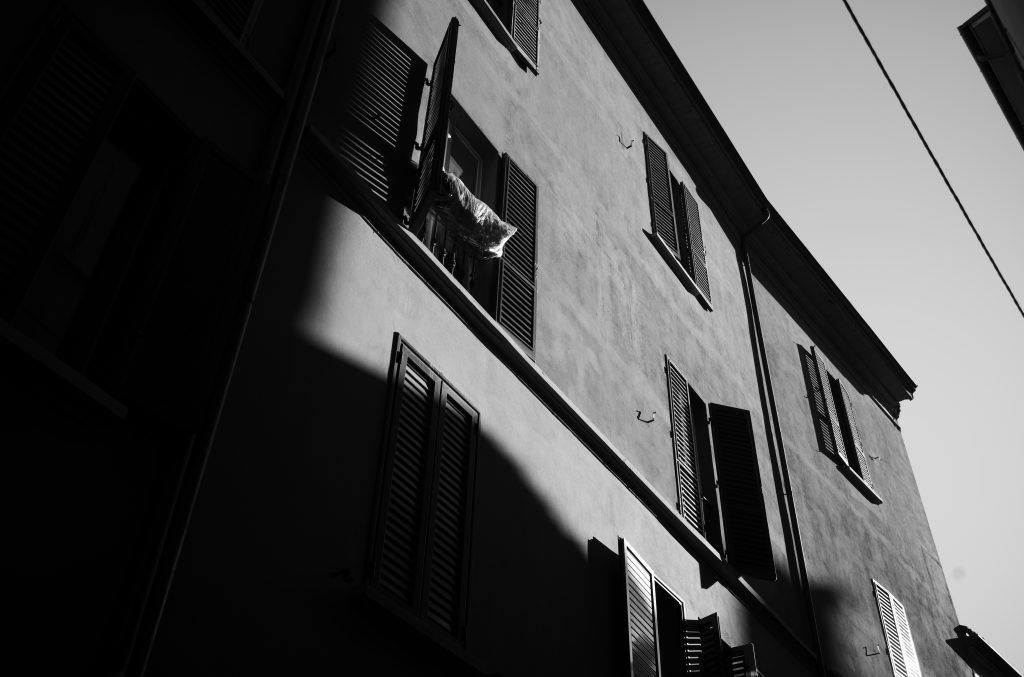
The images it produces are superlative in quality, depth and detail in every nuance of non-color, from white to gray to black. I mean that even looking at the shaded areas that a color machine would render with a predominantly black spot you can see details, lots of details.
The amount of information collected by that sensor (and an appropriate lens) is impressive.
Does a Leica make sense today?
If we could afford it, sure we could. Even in black and white.
There are some considerations to be made in this regard, some practical and some philosophical.
A Leica is an important investment. It takes more than 10,000 euros to get it with a minimum equipment (body + 35 mm, i.e. the one used by Cartier-Bresson). Less if you buy it used, but not much less. So: Leica costs a lot but keeps the value very well.
Furthermore, the obsolescence of targets, which does not exist, should not be overlooked. The camera bodies are destined to be surpassed in a few years (I give them 5 or 10 at the most, which does not mean that they are to be thrown away, let's be clear) but the lenses are the zero degree of the lenses: not having engines, internal processors, accelerometers or various devils are pure mechanics. And pure mechanics almost never fails and if it fails it is repaired.
In other words, when the first digital Leica were released, compatibility with lenses was indicated. I can imagine the pride with which they declared that they were "compatible with all lenses manufactured from 1952 to the present day". It's not about electronics, it's about mechanics, and that always goes.
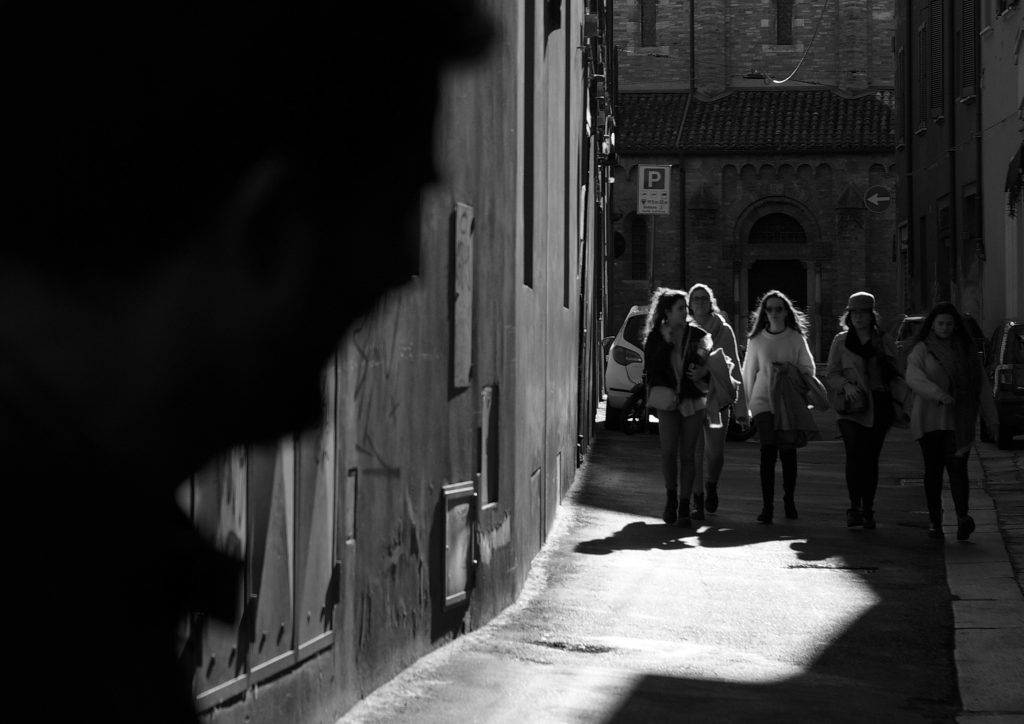
Finally a philosophical consideration: a Leica requires your attention. You can't point it while you're turning the steak on the grill and think it will focus and decide on timing and aperture. You have to take the time to decide those parameters, compose the image, focus, shoot. You can and you have to do just that but on one condition: that in the meantime you don't do anything else...
Ultimately a Leica gives you time, because it forces you to be aware of what you are doing. You are not taking a picture: you are looking, observing, seeing and evaluating, and then you are taking a picture. When you take a picture with a Leica, you are living in the present moment and no other. It doesn't seem little to me, not at all.
You could do it with any other rangefinder, that's very true. But a Leica is a Leica.

